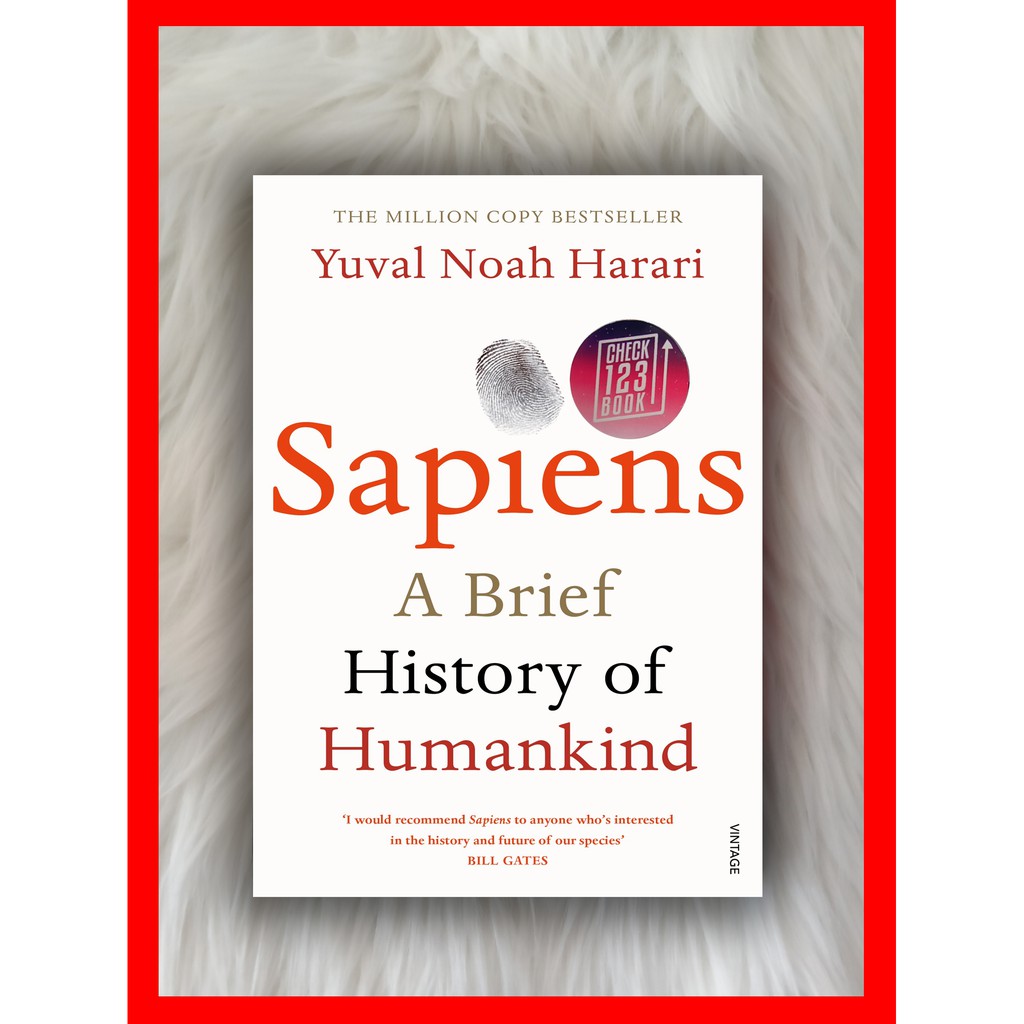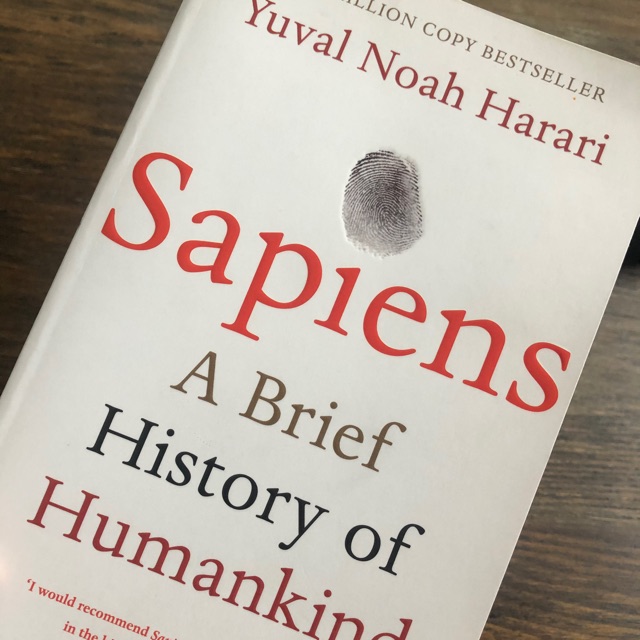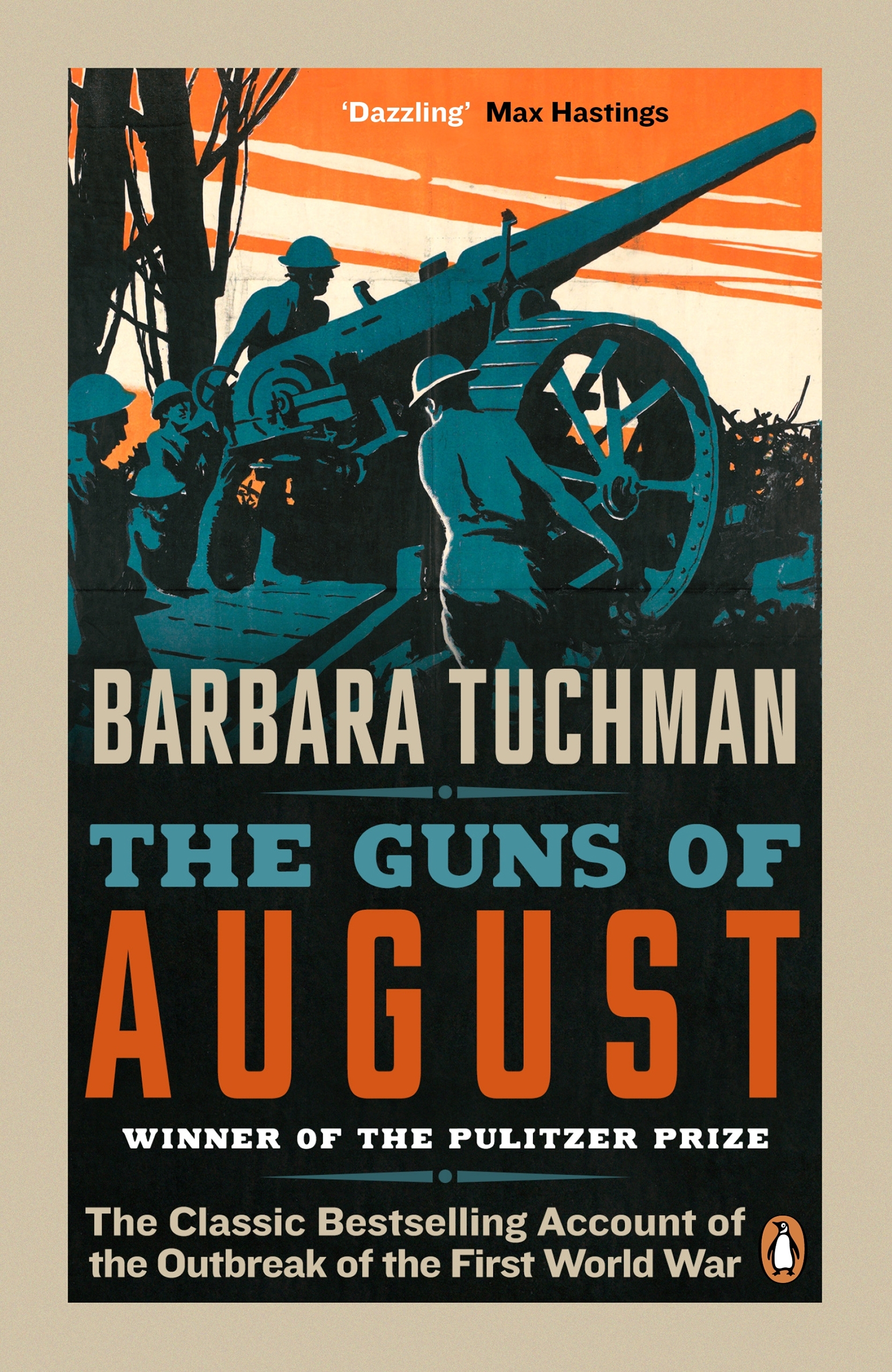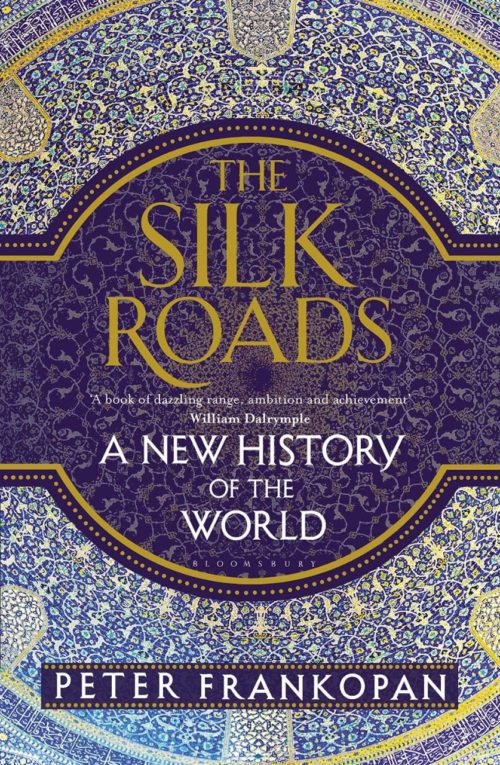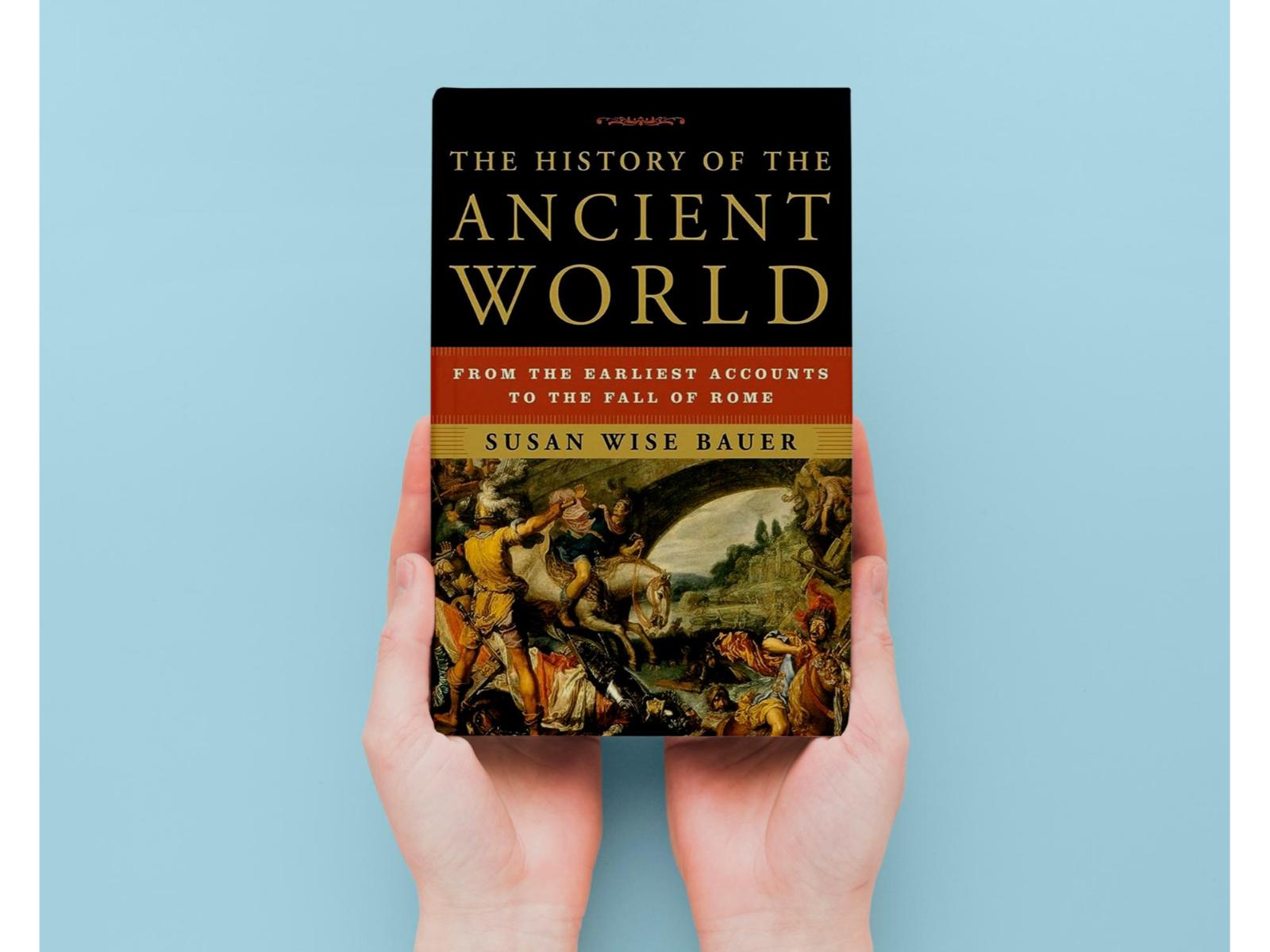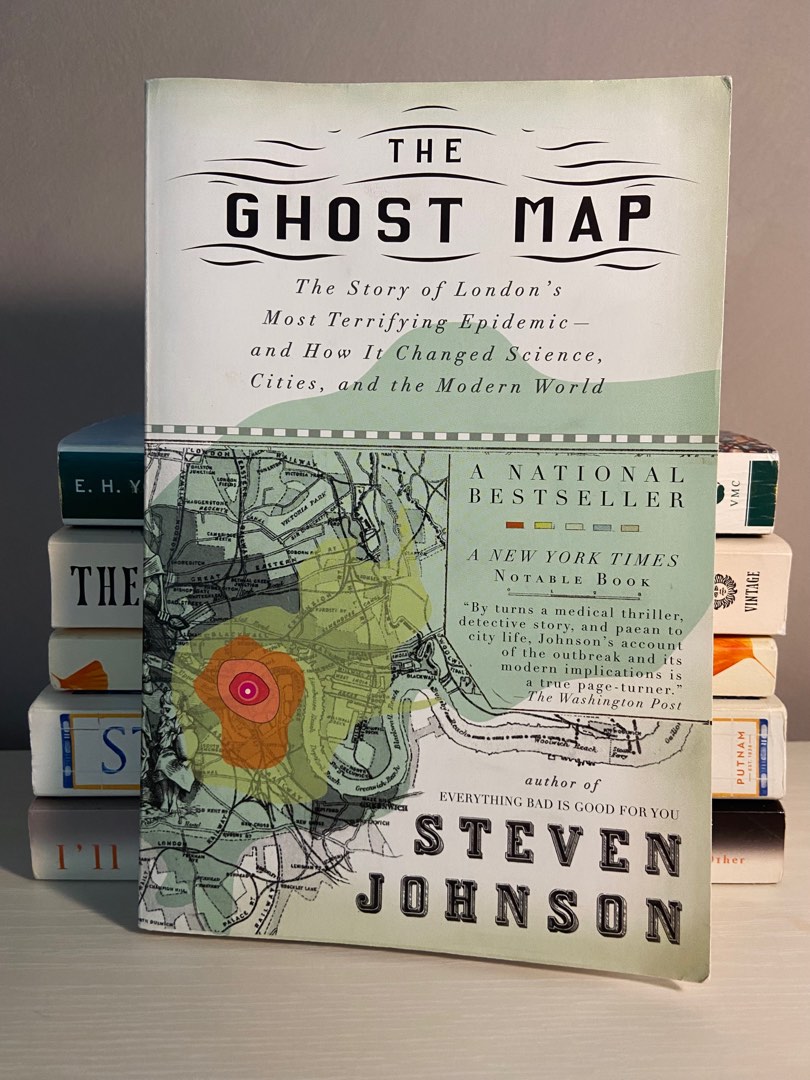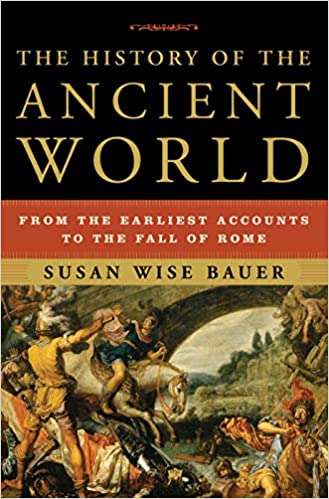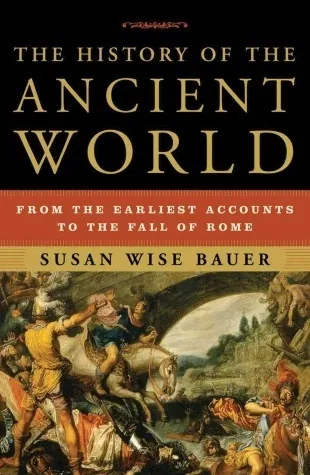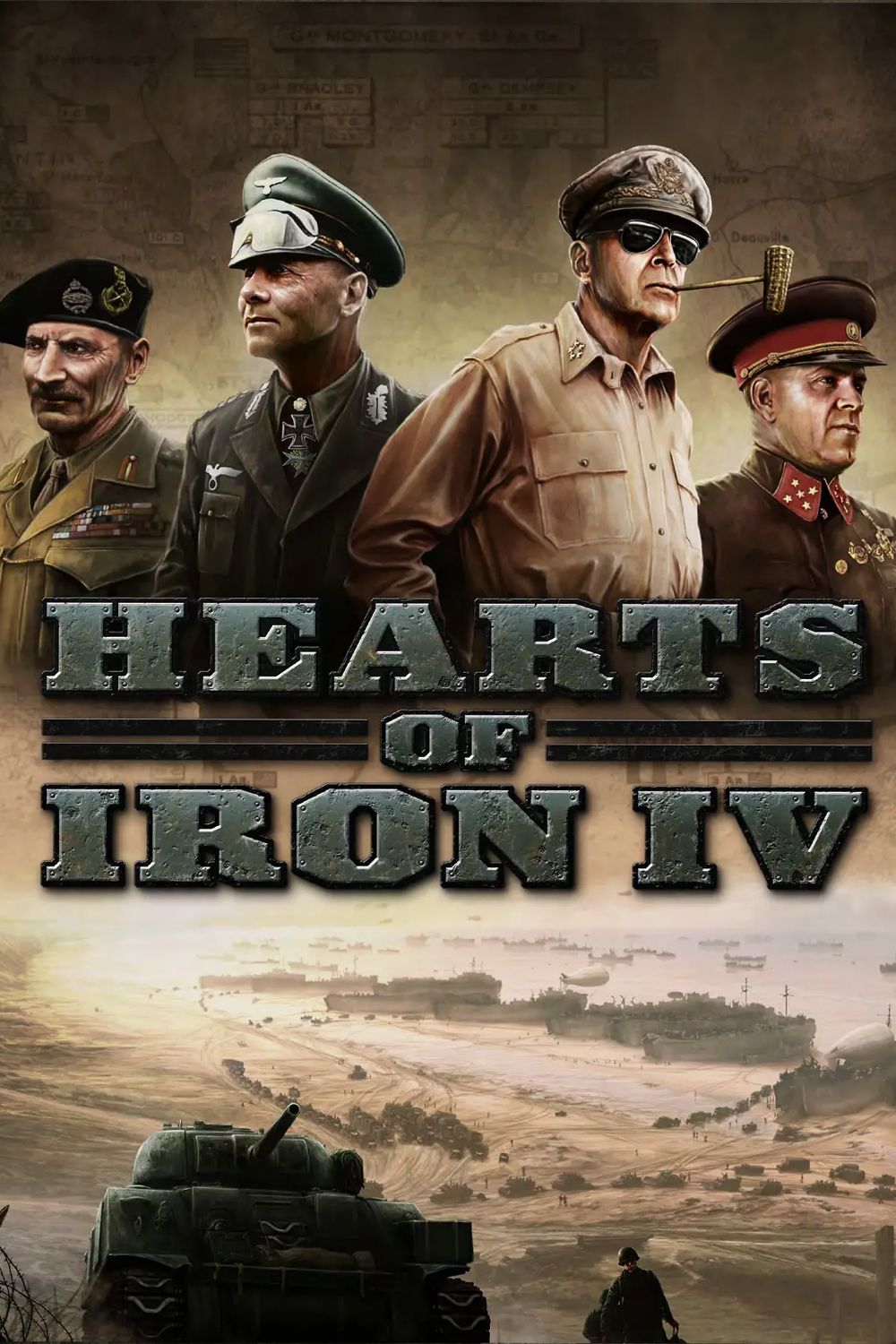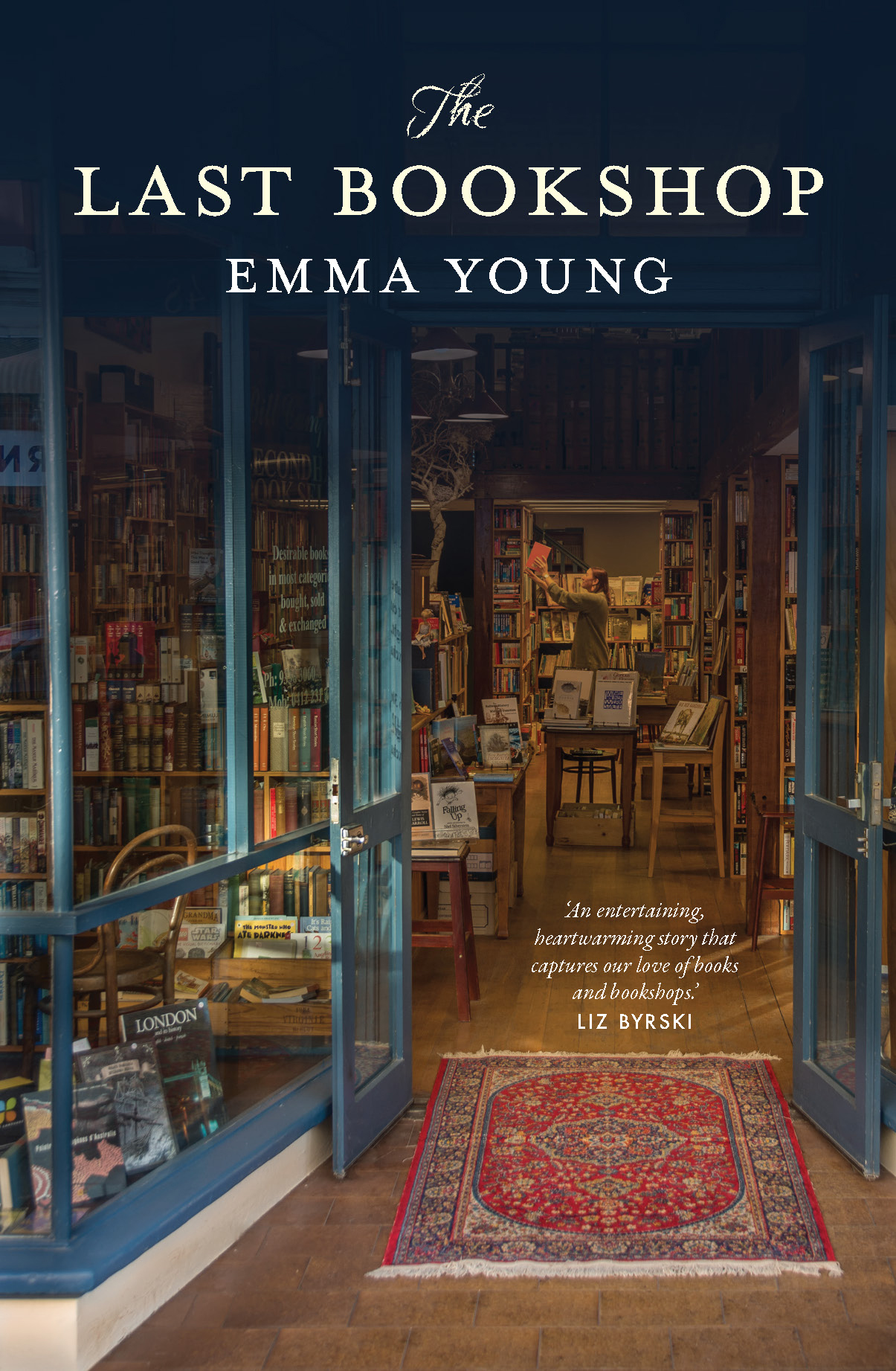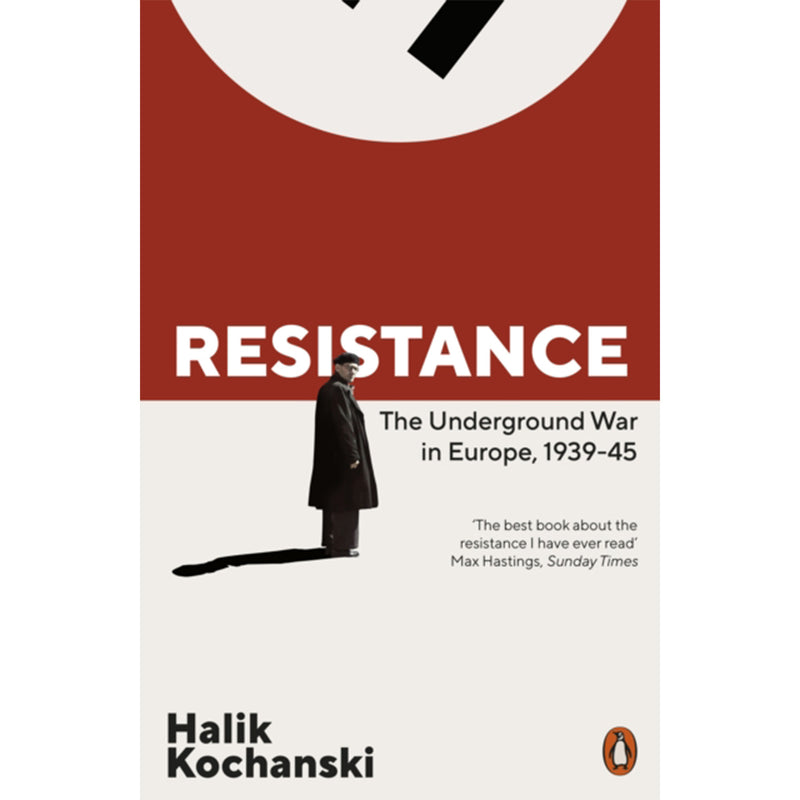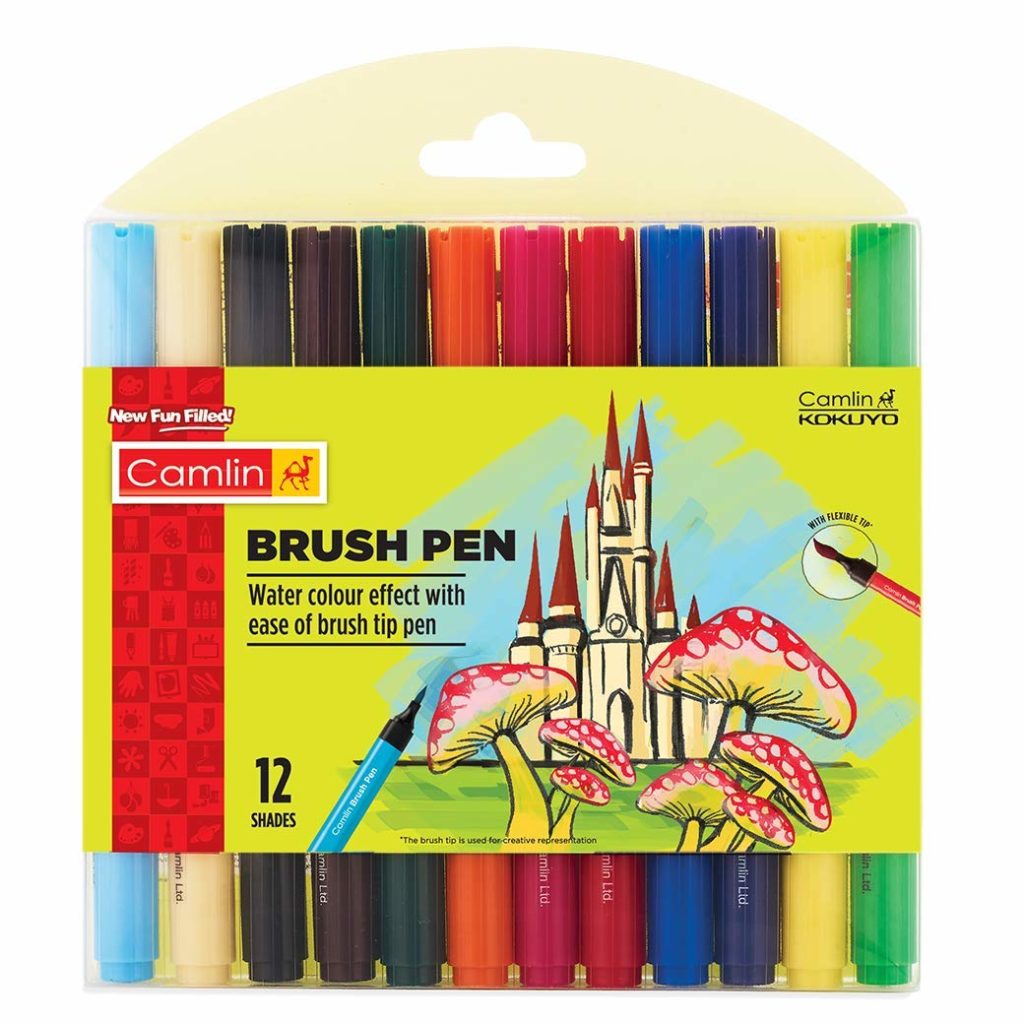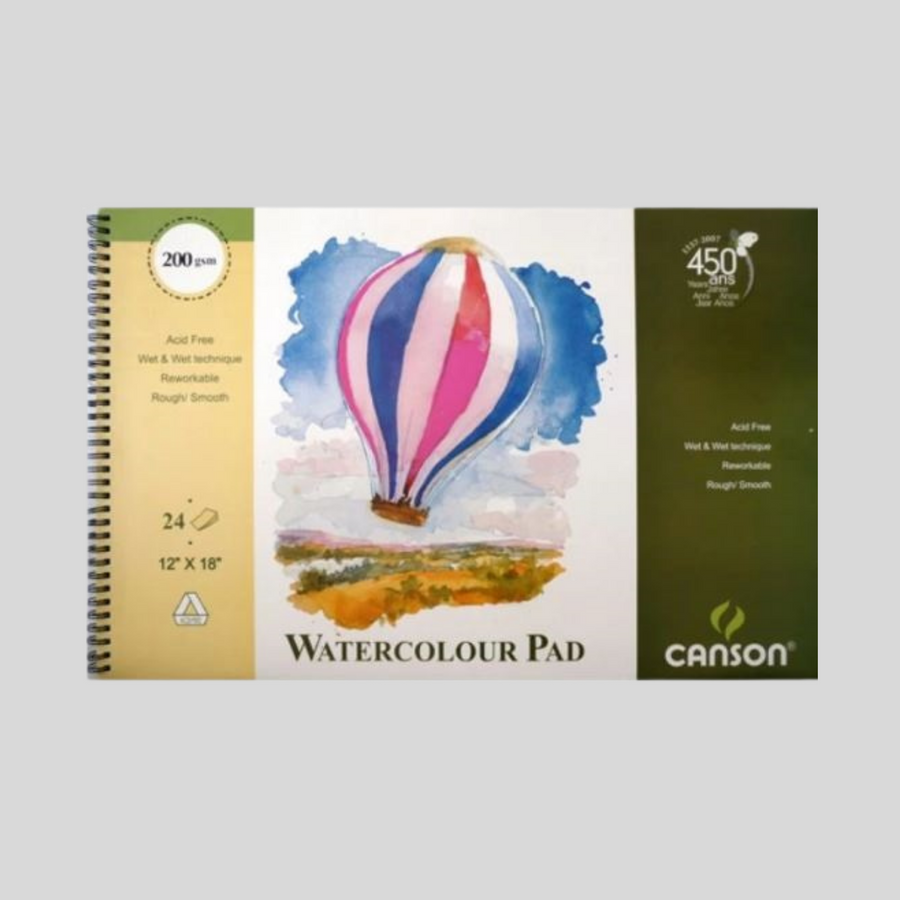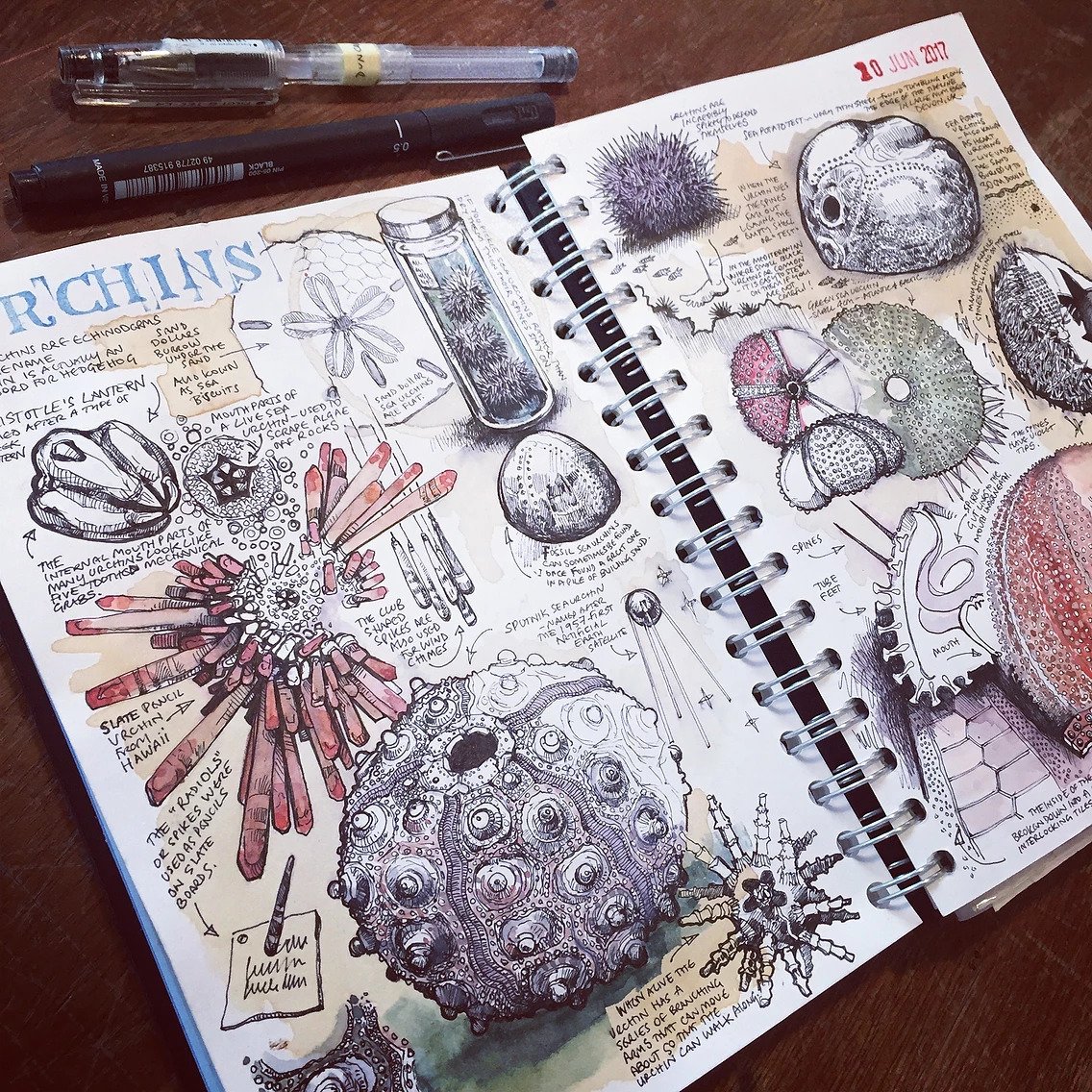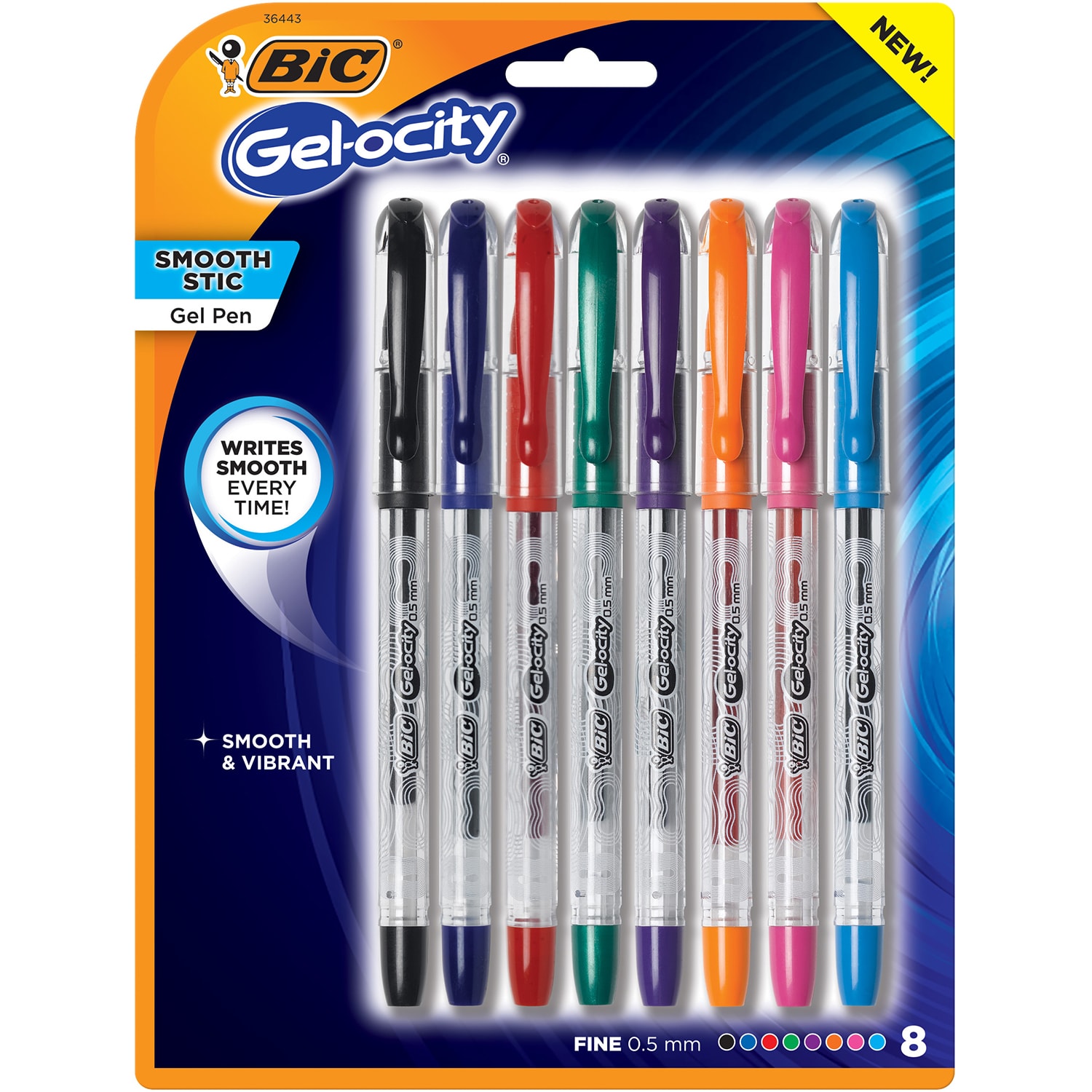Discover Pandipedia
Pandipedia is the world's first encyclopaedia of machine generated content approved by humans. You can contribute by simply searching and clicking/tapping on "Add To Pandipedia" in the answer you like. Learn More
Expand the world's knowledge as you search and help others. Go you!

Dark humor, also known as black comedy, is defined as a style of comedy that finds amusement in subjects that are generally considered serious, taboo, or distressing. It serves as a coping mechanism, allowing audiences to confront unsettling themes with a sense of levity and highlighting the absurdity or irony within difficult situations[3]. Dark humor often tackles challenging topics such as death, disease, and violence, finding the lighter side even in tragic contexts[2][4].
The genre also plays a significant role in critiquing societal norms, inciting reflections on life's darker aspects while using humor to address painful incidents[4]. It is characterized by a subversive approach, where no topic is off-limits, and it is used to provoke thought around complex societal issues—it frequently employs satire and aims to 'punch up,' targeting those in positions of power[2].
Moreover, the effectiveness of dark humor is influenced by factors such as temporal and social distance. The saying 'comedy is tragedy plus time' captures the idea that the acceptability of dark jokes often depends on how much time has passed since an event, as well as the social context in which the humor is presented[2][3]. In literature, it often serves to present serious themes in a lighter manner, thereby advancing the action or commentary within a narrative[4].
Let's look at alternatives:
- Modify the query.
- Start a new thread.
- Remove sources (if manually added).
- Request a manual search from our human research team.

Babies find it easier to fall asleep in the car due to the combination of factors such as the rocking motion, sedentary environment, lack of engagement in the back seat, sound, motion, and setting. The rocking motion, constant motion of the car, and low rumble of the engine[2] can make them feel secure and cozy, similar to the movement of the uterus. The car seat can also feel secure like a swaddle, and the scenery inside the car provides a calming, familiar environment for sleep. Infants need a lot of sleep and it's likely that nap time will coincide with a car trip[1], making it easier for them to fall asleep[1].
Let's look at alternatives:
- Modify the query.
- Start a new thread.
- Remove sources (if manually added).
- Request a manual search from our human research team.
Get more accurate answers with Super Search, upload files, personalised discovery feed, save searches and contribute to the PandiPedia.
Unique Features of the Human Brain

The human brain stands out significantly from those of other animals due to its complex structure, advanced cognitive abilities, and unique neuronal characteristics. This report synthesizes insights from various studies and expert opinions to outline the distinctive features that contribute to the uniqueness of the human brain.
Size and Structure

One of the most apparent differences between the human brain and those of other animals is its size and structure. The human brain typically weighs about 1.2 kg and is larger in proportion to body size compared to other primates, such as chimpanzees, whose brains are roughly one-third the size of a human brain. A key reason for this weight and size difference is the evolutionary expansion of the association cortex, which is crucial for complex cognitive functions like language, self-awareness, and problem-solving[4]. Furthermore, humans possess a larger cerebral cortex, containing around 16 billion neurons as opposed to the fewer neurons found in most other animals[3].
Additionally, unique characteristics in human neurons have been identified, such as a lower density of ion channels compared to other mammals, which allows for more efficient energy use in processing information. This adaptation enables complex synaptic connections and rapid firing of action potentials necessary for sophisticated cognitive tasks[1].
Advanced Cognitive Abilities

Humans exhibit enhanced cognitive abilities that facilitate complex thought processes and social interactions. Notable among these is the ability for 'nested scenario building,' which refers to the capacity to imagine and reflect on alternative situations within larger narratives[13]. This capability equips humans to plan and make decisions based on future possibilities, a skill that is less developed in other animals.
Central to human cognitive processes are 'concept cells,' or 'Jennifer Aniston neurons,' which uniquely respond to abstract concepts, allowing for complex memory formation and high-level thinking that is generally not observed in animals[5]. These neurons store meanings devoid of contextual details, supporting advanced reasoning and the ability to make inferences, analogies, and associative connections[5].
Another significant cognitive feature is the concept of 'shared intentionality,' which describes the mutual understanding individuals have when engaging in collaborative tasks. This capacity for cooperation enhances human social interactions and cultural developments, allowing for shared experiences and collective knowledge transfer across generations, known as the 'ratchet effect'[2].
Emotional Complexity and Social Behavior
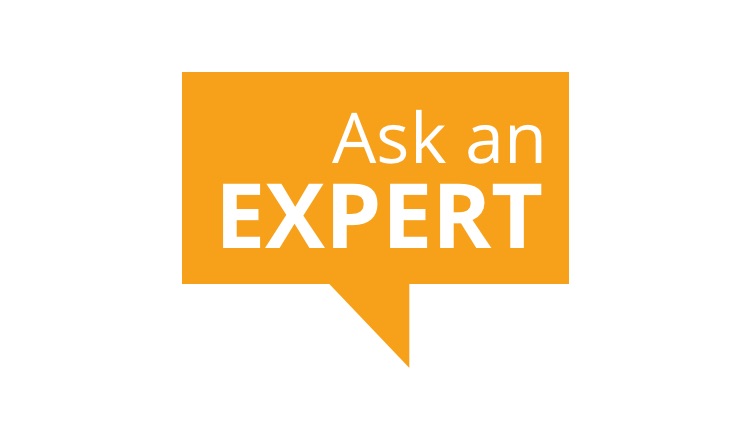
The human brain is also distinguished by its higher level of emotional complexity and social behavior. The development of the prefrontal cortex is linked to advanced social functions such as empathy, cooperation, and moral reasoning[7]. These traits are critical for forming intricate social bonds and navigating the complexities of human relationships. While some animals exhibit social behaviors, the depth and breadth of human emotional intelligence, tied to cognitive development, are markedly superior.
Synergistic Information Processing
In terms of information processing, the human brain displays a higher level of 'synergistic' interactions than that of other primates like macaques. Synergistic processing encompasses patterns where information flow across different brain regions exceeds the sum of their individual contributions, particularly in areas responsible for complex functions like learning and social cognition[6]. This capacity for synergistic interactions not only enhances cognitive efficiency but also fosters the integration of various types of information to support advanced problem-solving abilities unique to humans.
Genetic and Cellular Distinctions

Further distinguishing features are linked to the genetic and cellular makeup of the human brain. Studies indicate the presence of species-specific neuron types, including a unique microglia type that plays a role in brain maintenance and disease response[10]. The differential expression of genes, such as the FOXP2 gene associated with language and communication, highlights the genetic underpinnings of cognitive capabilities that are specific to humans[10].
Prolonged Development and Learning

The human brain's ability to undergo prolonged developmental phases also sets it apart. This extended period allows for substantial learning and cognitive skill acquisition, crucial for mastering complex tasks such as toolmaking, control of social dynamics, and theory of mind[8]. This developmental approach emphasizes the interplay between genetic predispositions and environmental influences on cognitive development, leading to significant variations in cognitive abilities among human populations[16].
Connectivity and Functional Networks
Finally, the structural connectivity of the human brain exhibits distinct patterns that enhance cognitive functions. Research has identified unique long-range connections in the human brain that facilitate complex processing related to language, reasoning, and social cognition, differentiating it from the brains of other primates[15]. The unique aspects of the human connectome contribute significantly to advanced cognitive functions, allowing humans to engage in more sophisticated interactions and cultural expressions.
Conclusion
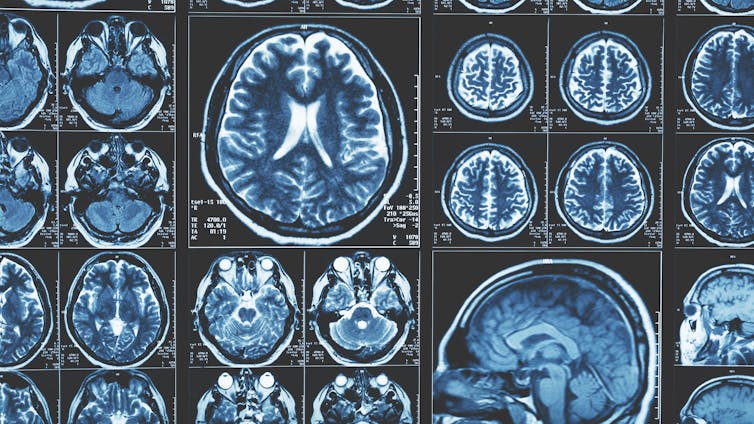
In summary, the human brain's uniqueness arises from a combination of its size, structural complexity, advanced cognitive abilities, emotional depth, and genetic factors. The interconnections among these features enable humans to navigate complex social landscapes, innovate, and evolve culturally, creating a disparate cognitive experience that sets our species apart from others. As research continues, further understanding of these characteristics may illuminate the evolutionary trajectory that has shaped the human brain.
Let's look at alternatives:
- Modify the query.
- Start a new thread.
- Remove sources (if manually added).
- Request a manual search from our human research team.

Starbucks sells an estimated 4 million cups of coffee per day, highlighting its significant presence in the global coffee market. This translates to around 500 cups sold per store on average, showcasing the high demand for its products across more than 30,000 locations worldwide[1][3][5].
Additionally, some sources suggest that Starbucks's daily coffee sales can reach as high as 8 million cups when considering variations in reporting and peak times[2][3]. The company's ability to attract approximately 60 million customers each week underscores its popularity and influence in the coffee industry[4][5].
Let's look at alternatives:
- Modify the query.
- Start a new thread.
- Remove sources (if manually added).
- Request a manual search from our human research team.
Introduction
Google’s name is so closely linked to the act of searching that it has become a verb in everyday language, a status that did not happen by accident. Over the years, Google has evolved from a research project into a dominant search engine, and its brand now stands as the gold standard when it comes to online search. This report explains how technological breakthroughs, strategic branding, and cultural impact have intertwined to make Google synonymous with searching[1][3][10].
Technological Innovation and Superior User Experience
At the heart of Google’s market leadership is its revolutionary approach to search technology. Early on, founders Larry Page and Sergey Brin introduced a novel algorithm—PageRank—that assessed the importance of web pages by analyzing their backlinks. This innovation enabled Google to deliver more relevant and accurate search results than earlier search engines[4][7]. Furthermore, Google’s consistent focus on user experience—marked by a clean, uncluttered interface and fast, accurate responses—cemented its role as the engine that users rely on. Google's ongoing algorithm updates and improvements have allowed it to refine search relevance and quality despite the exponential growth of online information[5][11]. These technological strengths have ensured that when people seek answers online, they naturally turn to Google.
Strategic Branding and Marketing
The brand strategy pursued by Google has been as innovative as its technology. From its early days in a Menlo Park garage to becoming a global tech giant, Google has always maintained a powerful focus on simplicity and reliability. Its iconic multicolored logo, which has evolved over the years, not only symbolizes creativity and playfulness but also reinforces the brand’s commitment to making information accessible[6][9]. Google’s marketing campaigns have effectively communicated this value proposition by highlighting its role in organizing and providing information quickly and efficiently[2][8]. As a result of its strong visual identity and consistent messaging, the term 'to google' entered everyday language—despite company efforts to curb genericization—to describe the act of searching online[3][12][14]. This deep brand resonance has made the Google name practically interchangeable with the concept of search.
Cultural and Linguistic Impact
Google’s influence reaches beyond technology and into the way people communicate. The fact that 'google' is now used as a verb, as recognized by major dictionaries such as the Oxford English Dictionary and Merriam-Webster, underscores its cultural penetration[1][10][14]. The use of the term on national television—as in the memorable episode of Buffy the Vampire Slayer where characters casually ask, 'Have you googled her yet?'—helped cement its place in everyday conversation[1][12]. This process, where a proper noun becomes a generic term for a common action, highlights how deeply the brand has woven itself into social and linguistic fabric. Additionally, Google’s willingness to create dynamic adaptations of its logo—Google Doodles—demonstrates its commitment to engaging with users in a culturally relevant manner, further reinforcing its role as the default gateway to information[6][9].
Market Dominance and Industry Leadership
Google’s stronghold on the search market is unparalleled, with over 90% of global market share compared to its competitors’ much smaller fractions. This overwhelming dominance means that when someone says 'let me google that,' they are practically referencing the default method for accessing the web’s information[7][13]. By continually investing in and refining its core search technology, Google has maintained a virtuous circle—its high-quality search results attract more users, which in turn gives it more data to further improve its performance. This cycle of innovation has not only kept Google ahead of rivals such as Bing and Yahoo but has also set the standard for what users expect from a search engine[7][13].
Conclusion
In summary, Google's brand has become synonymous with searching due to a confluence of factors. Technologically, its early innovations and continuous improvements in search algorithms have delivered a consistently superior user experience. Strategically, its distinctive and evolving visual identity, paired with focused marketing that emphasizes simplicity and reliability, has resonated deeply with consumers. Culturally, the transformation of its name into a verb has embedded Google in everyday language. Lastly, its dominant market share reinforces its status as the definitive platform for finding information online. These interlocking elements explain why, when people think of searching, they think of Google[1][2][3][5][6][7][9][10][11][13].
Let's look at alternatives:
- Modify the query.
- Start a new thread.
- Remove sources (if manually added).
- Request a manual search from our human research team.

A History of the World in 100 Objects
This book by Neil MacGregor uses objects to tell the story of human history, making it accessible and engaging for readers who might find traditional textbooks overwhelming[1].
Sapiens: A Brief History of Humankind
Yuval Noah Harari’s work examines the history of humanity from the emergence of Homo sapiens to the present, discussing philosophical and scientific perspectives[1].
The Guns of August
Barbara Tuchman's account of the lead-up to World War I details the complexities and miscommunications that contributed to the outbreak of one of history's deadliest conflicts[1].
The Rise and Fall of the Third Reich
William L. Shirer provides a comprehensive look at Nazi Germany, detailing its formation, peak, and eventual collapse, making this work crucial for understanding modern history[2].
The Silk Roads: A New History of the World
Peter Frankopan’s book shifts the narrative to focus primarily on Asia and its influence on world history over centuries[1].
A People’s History of the United States
Howard Zinn presents a compelling account of American history from the perspective of marginalized groups, providing a different view from traditional historical narratives[1].
The History of the Ancient World: From the Earliest Accounts to the Fall of Rome
Susan Wise Bauer outlines early history in a concise manner, making complex information more understandable[3].
The Ghost Map
Steven Johnson explores the cholera outbreak in Victorian London, analyzing how it changed urban planning and public health policies[1].
Guns, Germs, and Steel
Jared Diamond argues that geography and environment played crucial roles in the development of civilizations, offering insights into contemporary societal structures[2].
1493: Uncovering the New World Columbus Created
This book by Charles C. Mann discusses the impacts of the Columbian Exchange on global history and the lasting effects of European colonization[1].
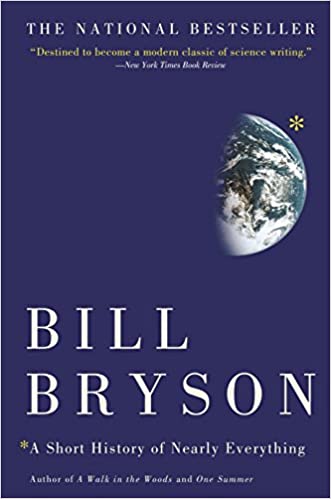
A Short History of Nearly Everything
Bill Bryson discusses various scientific concepts in an accessible manner while exploring the history of the Earth, life, and humanity[2][6].
The Autobiography of Malcolm X
This seminal work co-authored with Alex Haley offers profound insights into race relations in America, intertwining personal narrative with historical context[6].
Churchill: A Life
Martin Gilbert provides an in-depth biography of Winston Churchill, focusing on his contributions during World War II and his impact on global history[6].
The Demon of Unrest: A Saga of Hubris, Heartbreak, and Heroism at the Dawn of the Civil War
Erik Larson gives a narrative account of the events leading up to the Civil War, bringing personal stories to the foreground[7].
The Cleopatras: The Forgotten Queens of Egypt
Lloyd Llewellyn-Jones highlights the stories and legacies of Cleopatra and her predecessors, illustrating the role women played in ancient Egyptian politics[7].
Caesar and Christ
Will Durant’s comprehensive history of the Roman Empire explores governance, culture, and religion, examining their lasting impact on Western civilization[6].
The History of the Ancient World
A narrative history of early civilizations, connecting significant events across cultures and time periods[7].
Hearts of Iron: The Complexities of America’s Vietnam War
Examining the cultural, political, and military strategies involved in the Vietnam War, analyzing its long-term implications[7].
The Last Bookshop in Prague
This novel illuminates the Nazi occupation of Czechoslovakia during World War II, revealing the resilience of culture amidst oppression[7].
Femina: A New History of the Middle Ages, Through the Women Written Out of It
Janina Ramirez explores the contributions of women in the Middle Ages, highlighting their often-overlooked roles in history[7].
The World Made by Hand
A look into the history and implications of community resilience and independence in the face of global challenges[7].
Four Hundred Souls: A Community History of African America, 1619-2019
This unique anthology covers African American history through a series of essays, connecting personal narratives with broad historical themes[7].
Iron and Blood: A Military History of the German-Speaking Peoples since 1500
Peter Wilson’s extensive work looks at the military achievements and challenges of the German-speaking populations, fostering understanding of modern histories that stem from past conflicts[7].
Resistance: The Underground War in Europe, 1939-1945
Halik Kochanski covers the diverse resistance movements across Europe during World War II, providing insight into their impact on the war’s outcome[7].
The Boundless Sea: A Human History of the Oceans
David Abulafia narrates the relationship between humanity and the oceans, tracing historical developments and their significance across cultures and time[7].
Let's look at alternatives:
- Modify the query.
- Start a new thread.
- Remove sources (if manually added).
- Request a manual search from our human research team.
Get more accurate answers with Super Search, upload files, personalised discovery feed, save searches and contribute to the PandiPedia.
Calligraphy Pens
Essential for achieving different calligraphy styles; specific pens are recommended based on the style you want to learn[1][3].
Brush Pens
Ideal for modern brush calligraphy; they offer flexibility and ease of use for beginners[2][3].
Zebra G Nib
A beginner-friendly nib known for its flexibility and ability to create consistent letters[2].

Canson Marker Paper
Recommended for practice due to its smooth surface that works well with various pens[1][3].
Rhodia Dotpad
A practical choice for on-the-go practice; features a subtle dot pattern that aids in guiding strokes[2].
HP Premium Choice Paper
Suitable for pointed pen calligraphy; it is minimally absorbent and high-quality[2].
Kneaded Eraser
A soft and moldable eraser that leaves no residue, perfect for correcting pencil guidelines[3].
HB Mechanical Pencil
Recommended for creating guidelines and sketching layouts; easy to maintain with a sharp tip[2][3].
Rolling Ruler
Useful for creating straight and parallel lines; it includes a mini protractor for angle measurements[1][3].
Southworth Business Paper
Recommended for blackletter calligraphy due to its minimal absorbency and texture[2].
Crayola Broad Edge Markers
Affordable alternatives for brush calligraphy, offering a degree of flexibility for beginners[2].
Pilot Parallel Pen Set
Comprehensive pen set for various ink applications; comes in multiple sizes for different effects[2][4].
Calligraphy Practice Sheets
Structured sheets that provide guidelines and examples to enhance practice sessions[2][3].
High-Quality Handmade Paper
Adds texture and uniqueness to calligraphy projects; best suited for advanced calligraphers[3].
Let's look at alternatives:
- Modify the query.
- Start a new thread.
- Remove sources (if manually added).
- Request a manual search from our human research team.

To make extensions for iOS Safari, you need to follow a structured approach as outlined in the available resources.
Create a Containing Native Application: You must build an iOS app that serves as a container for your Safari extension. Unlike Chrome, you cannot upload a Safari extension independently; it requires a full app that goes through the App Store review process[5].
Set Up Your Project: In Xcode, you can create a new project using the Safari Extension App template or add a Safari Extension target to an existing project. This setup will include essential files such as
SafariWebExtensionHandler.swift, which connects your native app to the extension's JavaScript code[5].Manage Resources: Place your extension's source code in the Resources/ folder in Xcode. For effective file management, prefer using folder references over groups to ensure that new files added to your directory automatically reflect in Xcode[5].
Develop and Test Your Extension: Implement your extension’s functionality in JavaScript. Use the
NSExtensionRequestHandlingprotocol to handle messages between your native app and JavaScript code. You will need to ensure appropriate permissions are granted in your extension's manifest[6].Memory Management: Be aware of iOS's strict memory limits; as of iOS 15.0, the memory limit for a Safari Extension is 6 MB, which is mainly for Swift code in your extension[5].
Debugging Tools: To debug your extension's JavaScript, you can enable the Develop menu in Safari to access the web inspector, which helps inspect and debug the JavaScript running in your extension[5].
Preparation for Production: Before submitting your extension, make sure to build for production to optimize code size and performance. This involves running scripts to build your extension correctly when archiving your app[5].
By following these guidelines, you can successfully create and manage a Safari extension for iOS.
Let's look at alternatives:
- Modify the query.
- Start a new thread.
- Remove sources (if manually added).
- Request a manual search from our human research team.
/cdn.vox-cdn.com/uploads/chorus_asset/file/25462010/STK155_OPEN_AI_CVirginia_D.jpg)
SearchGPT by OpenAI is a new AI-powered search engine currently in its prototype stage, accessible to a limited number of users and publishers. It is designed to provide quick and direct answers to queries using information gleaned from the web, presented in a conversational format with real-time updates. Users enter their questions into a textbox, and SearchGPT offers responses that include clickable links for source attribution and options for follow-up questions[2][3][4]. This prototype utilizes models from the GPT-4 family, aiming to enhance search capabilities while allowing publishers to manage how their content is displayed in results. The service is free during its initial launch, though OpenAI plans to explore monetization options later[1][2].
Let's look at alternatives:
- Modify the query.
- Start a new thread.
- Remove sources (if manually added).
- Request a manual search from our human research team.
Let's look at alternatives:
- Modify the query.
- Start a new thread.
- Remove sources (if manually added).
- Request a manual search from our human research team.



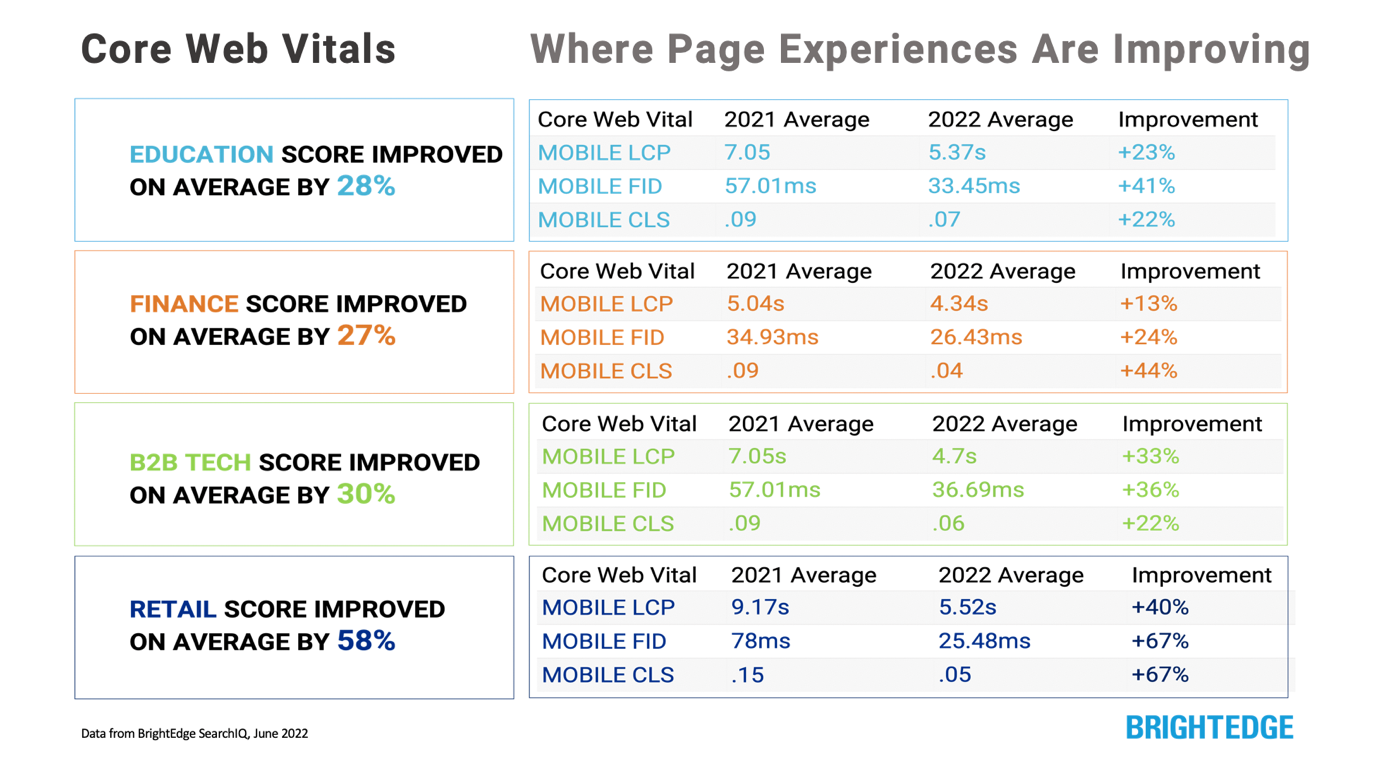
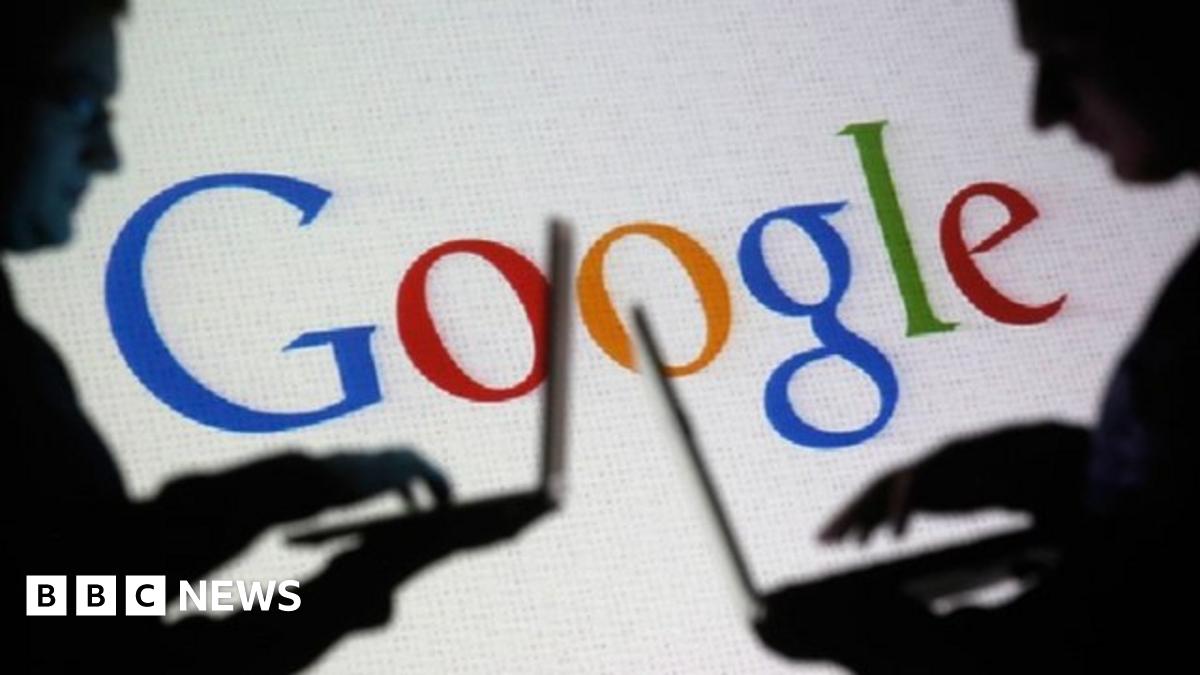

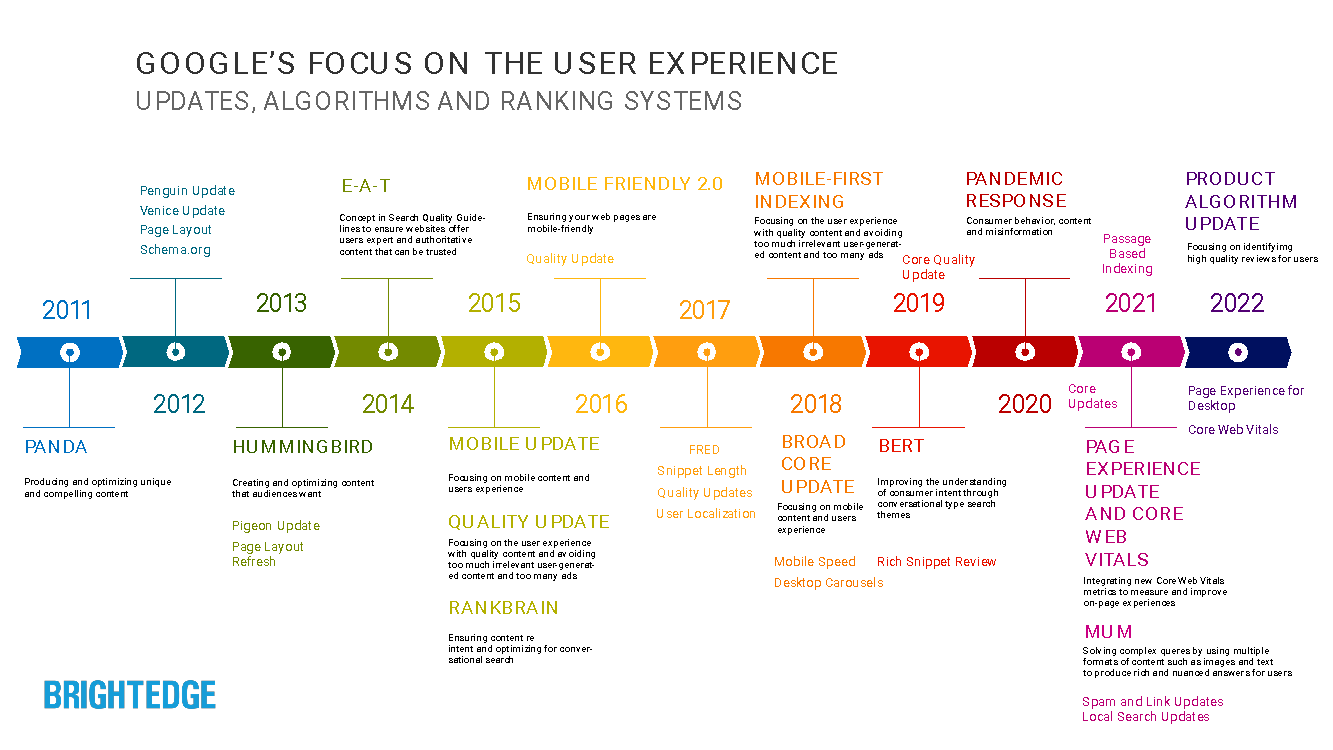
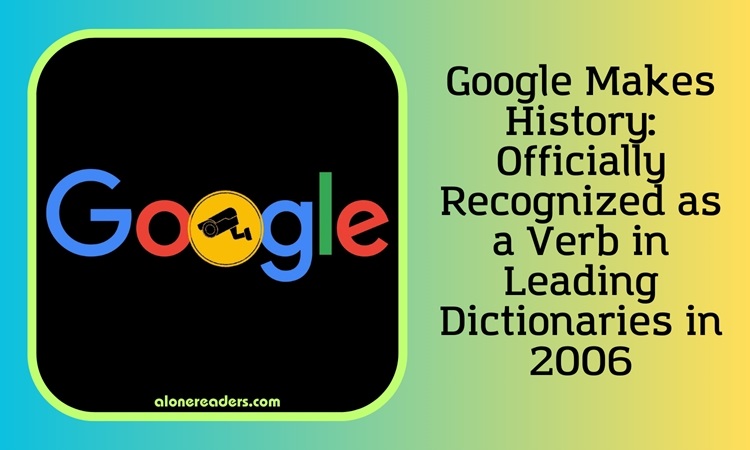
![The biggest reasons people use Google Search [Image] | dotTech The biggest reasons people use Google Search [Image] | dotTech](https://dt.azadicdn.com/wp-content/uploads/2013/03/main_uses_of_google.jpg?200)
